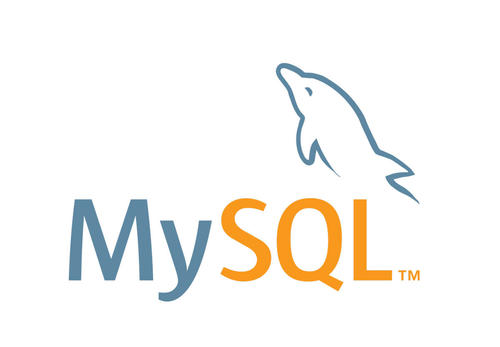With the rise of artificial intelligence and big data, traditional databases are finding it hard to meet the needs of complex applications, especially in processing unstructured data like images, audio, and text. Conventional databases rely heavily on exact matching, which is becoming increasingly inadequate. Recently, vector databases have emerged as a hot topic, capable of transforming data into high-dimensional vectors to retrieve results based on similarity, moving beyond the limitations of exact matching.
Today, vector databases are increasingly utilized in scenarios like image search and speech recognition. Many vector database products have sprung up, such as Faiss, Milvus, Pinecone, Weaviate, and Vespa.
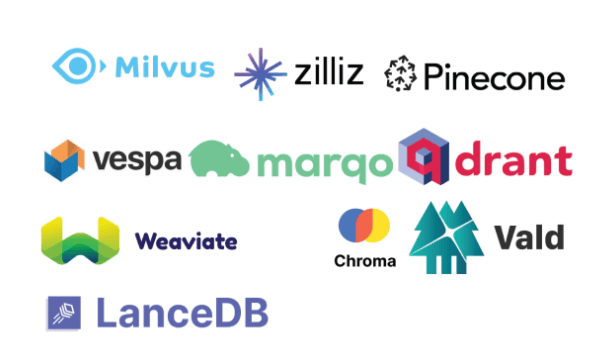
This article will provide an engaging overview of the principles and applications of vector databases, comparing them to traditional databases to reveal the fascinating technology behind them.
A Fun Conversation
Beginner: I've heard of traditional databases, but lately, people keep mentioning "vector databases." What are they? I'm totally lost... 😂
Knowledgeable Person: Haha, don't worry, I'll break it down for you. Let’s start with traditional databases. You’ve heard of those, right?
Beginner: Yeah, I know a bit—they store data and let you retrieve it, right?
Knowledgeable Person: Exactly! Traditional databases use indexing and sorting algorithms, like B-Trees, LSM Trees, Hashing, and even BM25 or TF-IDF. Basically, they search by exact text matches to find data. 😬
Beginner: Oh, so it just finds exact matches to whatever I type in, right?
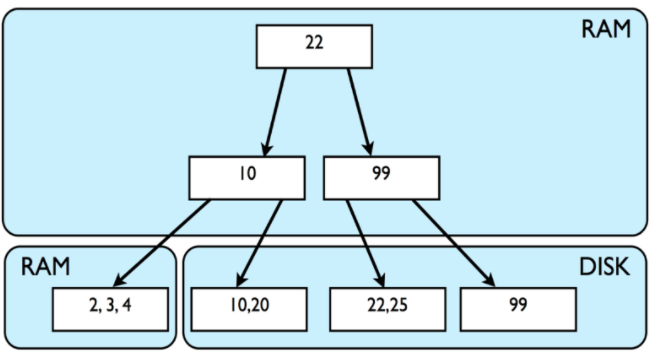
Knowledgeable Person: That’s it! Say you want to search for “Children’s Hospital,” but the database only has it saved as “Zhejiang University School of Medicine Affiliated Children’s Hospital.” The traditional database would struggle because it can’t connect the two different terms, even though they mean the same thing. 😂
Beginner: Haha, that's kind of dumb! It's the same place, yet it can’t find it?
Knowledgeable Person: Right! Traditional databases excel at precise keyword matching, but they can’t handle cases where terms are semantically related. This is where vector databases shine! ✌️
Beginner: Oh? So how do vector databases solve this problem?
Knowledgeable Person: Vector databases are amazing because they don’t just look at the literal text. They use mathematical methods to “understand” that terms like “Children’s Hospital” and “Zhejiang University School of Medicine Affiliated Children’s Hospital” are related in meaning. They convert each word or phrase into a set of numbers, or "high-dimensional vectors," and then compare the similarity between these numbers. This allows them to find related results, even if the words aren’t an exact match. ✌️✌️
Beginner: Wow, so how does it work? Does it just guess?
Knowledgeable Person: Sort of! By training on large datasets, it learns the similarities between words, phrases, or images. Think of it like looking at two similar images—if the colors and shapes are alike, you’d say they’re similar, right? Vector databases work in a similar way, breaking down data into multiple dimensions to compare. 😬
Beginner: I get it! But is it only good for "fuzzy searches"?
Knowledgeable Person: Exactly! Remember a few years ago when platforms like Taobao and Baidu introduced "search by image" features? Traditional databases couldn’t handle that, but vector databases could break down an image into numerical dimensions and find similar images based on those numbers. In short, vector databases are better suited for searching unstructured data like images and audio. 😬
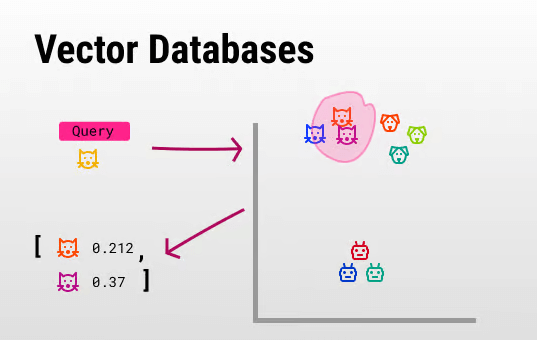
Comparison Between Vector and Traditional Databases
Beginner: Sounds fancy! But what's the main difference between vector databases and traditional ones?
Knowledgeable Person: Let’s sum it up. Traditional databases focus on precise matching and are great for finding identical data, with well-established indexing and algorithms. Vector databases, on the other hand, do approximate matching—they don’t look for exact matches, but rather “close enough” results. In theory, if we refine the vector features enough, they could be extremely accurate too. 😂
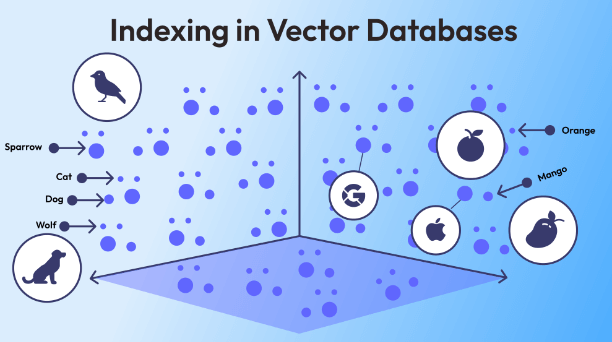
Beginner: So, does that mean vector databases are smarter and can solve all problems?
Knowledgeable Person: The dream is nice, but reality is different. Vector databases are powerful, but the more dimensions they handle, the heavier the system load, and the more complex the calculations. They’re mainly used for approximate queries and aren’t replacing traditional databases anytime soon.
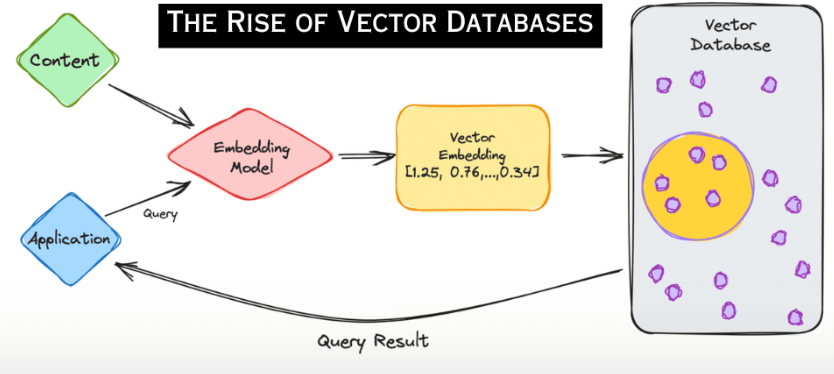
Beginner: Got it! So they’re designed to handle tasks that traditional databases can’t, like finding similar images, audio, or semantically related data.
Knowledgeable Person: Exactly! Vector databases give a database a new level of “understanding” for data, finding similar things instead of just matching keywords. Do you feel like you understand vector databases a bit better now? 😂
Beginner: Haha, totally! This sounds pretty interesting—might dive into it more someday!
Knowledgeable Person: That’s the spirit! Welcome to the world of databases! ✌️
